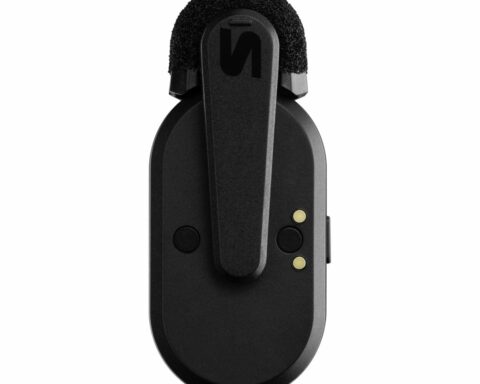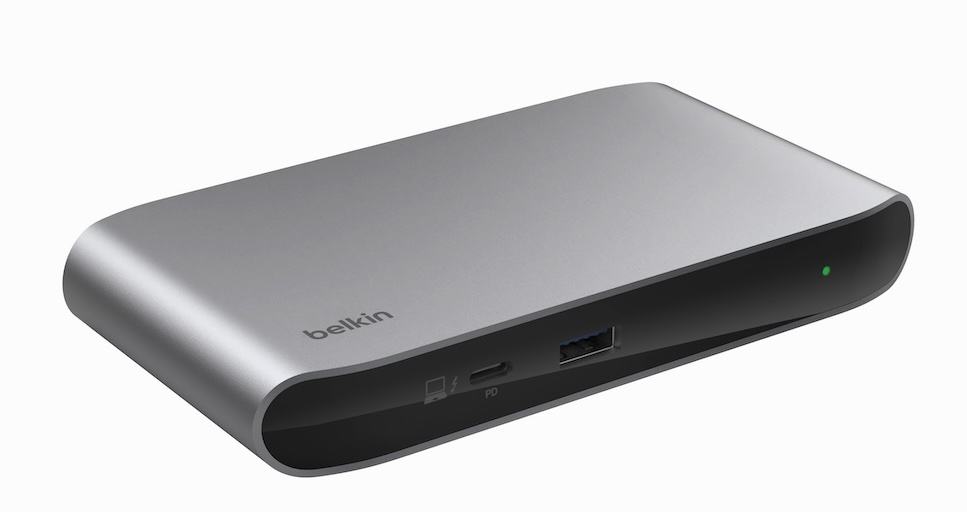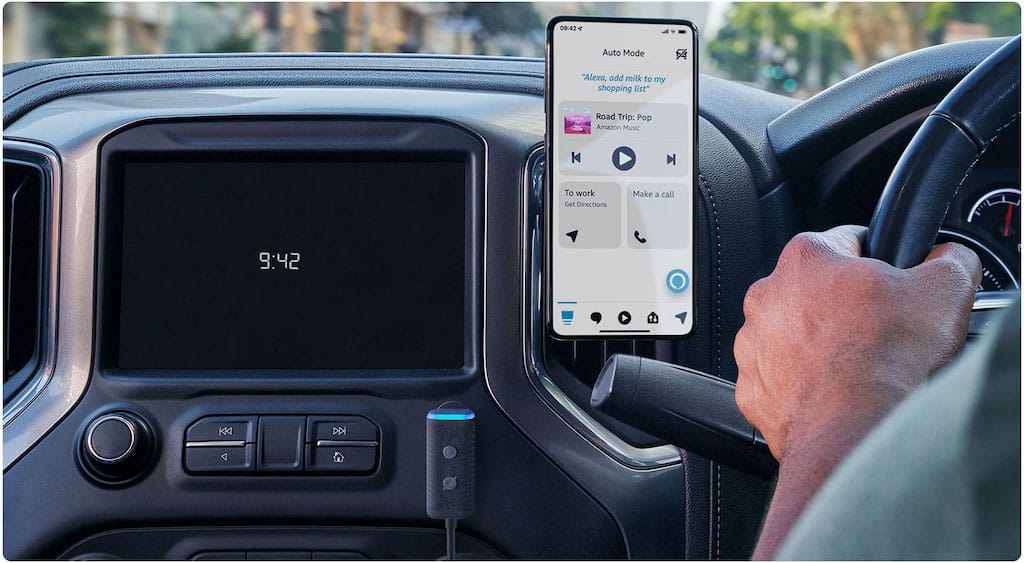Witchdoctor Rating
-
- 8/108/10
Summary
Garmin Vivoactive 3 Music
PAT PILCHER takes Garmin’s latest fitness watch for a run and discovers there’s plenty to be enthused about – though it still can’t do the exercise for you.
 Smartwatches that keep track of workouts are all the rage and with good reason. Jogging with a smartphone to keep track of your heart rate, step-count and so on is as much fun as DIY root canal surgery. They’re bulky, breakable and not terribly weatherproof. A watch can do all this, without the bulk, and they’re also durable.
Smartwatches that keep track of workouts are all the rage and with good reason. Jogging with a smartphone to keep track of your heart rate, step-count and so on is as much fun as DIY root canal surgery. They’re bulky, breakable and not terribly weatherproof. A watch can do all this, without the bulk, and they’re also durable.
One of the big names in the fitness tracking watch market is Garmin. I’ve spent the last few weeks with their Vivoactive 3 Music watch which takes all that was good with their Vivoactive 3 and adds the ability to store and pipe some sweet tunage into your noggin without a phone/iPod (does anyone even use an iPod anymore?). It’ll also eliminate the need for a card or wallet when out on the run thanks to Garmin Pay.
The Vivoactive 3 Music isn’t Garmin’s first attempt at fusing music with fitness. They took their first try with the Forerunner 645 Music. Vivoactive 3 Music takes what worked with the Forerunner and adds in some well-executed design and other refinements for good measure.
 Looks-wise, it opts for a traditional circular design. Where the Forerunner sported a metal bezel, with this offering Garmin has gone for a seamless, glossy glass face that’s toughened and feels considerably more durable than the easily scratched and oft-scuffed metallic bezel of the Forerunner.
Looks-wise, it opts for a traditional circular design. Where the Forerunner sported a metal bezel, with this offering Garmin has gone for a seamless, glossy glass face that’s toughened and feels considerably more durable than the easily scratched and oft-scuffed metallic bezel of the Forerunner.
The case is 43mm, which means that unlike a lot of smartwatches it doesn’t look like something someone on home arrest would wear. It also comes with a standard 20mm strap so you can swap it for a different strap – which proved to be a good thing as its silicon strap irritated my skin. All told, it is extremely light and comfy to wear.
In use, the Vivoactive 3 Music is a doddle to set up and drive. It has a single button on its right-hand side and the rest is done using its touchscreen. This makes a ton of good sense. Workouts can be paused with ease, even using sweaty post-workout hands. Its touchscreen is reasonably responsive and is used for controlling music playback. I particularly liked the fact that the face glass now stretches seamlessly from edge to edge, which makes swiping across its screen (to dismiss apps/notifications) just a little more comfortable.
 There’s plenty of other cool stuff baked into the Vivoactive 3 Music. All the usual fitness tracking stuff is present and, once paired with a smartphone, it’ll also display notifications. A particularly handy feature is Garmin Pay – if you have an ASB Visa you can load it onto the Garmin Vivoactive 3 Music and buy a drink after a run without having to lug your wallet/purse around. Being an Android user (this isn’t available on iOS yet), I also liked being able to send preset responses to incoming text messages.
There’s plenty of other cool stuff baked into the Vivoactive 3 Music. All the usual fitness tracking stuff is present and, once paired with a smartphone, it’ll also display notifications. A particularly handy feature is Garmin Pay – if you have an ASB Visa you can load it onto the Garmin Vivoactive 3 Music and buy a drink after a run without having to lug your wallet/purse around. Being an Android user (this isn’t available on iOS yet), I also liked being able to send preset responses to incoming text messages.
On the music front, there’s enough storage for just under 500 tracks (or slightly less depending on what bitrate they’re encoded at). Getting music onto the Vivoactive 3 Music involved installing Garmin Express and then hooking the Vivoactive 3 Music up to a PC/Mac using the bundled USB/data cable. MP3 tracks could then be uploaded or synced from one of the music services supported by Garmin. Next pair some Bluetooth cans, and you’re good to go. All told, the entire process was a pain-free undertaking.
Music aside, the Vivoactive is fitness tracker first and foremost. It comes with a bunch of pre-installed training guides for workouts (running, biking, swimming, rowing, skiing, golf, yoga and several gym activities). You can also create custom workouts by taking an existing training guide and tweaking it (pints lifted or chip bags opened appealed). Additionally, it has a built-in GPS, so after a run, you can check how you went overlaid onto a map, along with heart rate and other data including Elevation.
 Further adding to its sporty chops is the ability to pair it with sensors via Bluetooth or ANT+. The Vivoactive 3 Music can automatically connect to these when you enable one if its inbuilt workouts. There’s a heap of different sensors available, ranging from cadence sensors, through to chest straps for more accurate heart rate tracking than you’d get with the integrated sensor.
Further adding to its sporty chops is the ability to pair it with sensors via Bluetooth or ANT+. The Vivoactive 3 Music can automatically connect to these when you enable one if its inbuilt workouts. There’s a heap of different sensors available, ranging from cadence sensors, through to chest straps for more accurate heart rate tracking than you’d get with the integrated sensor.
Its inbuilt heart rate sensor seemed accurate for most activities although hard-out sporty types say that a chest strap sensor is best with intense workouts. For normal day-to-day health tracking, you get step counts and a read of how your ticker performs through the day. Sleep tracking is also there. In use, it seemed to be about right.
In use, I got just shy of a week of use from a single charge. If you’re going to use its GPS or music capabilities, expect battery life to shorten so your mileage could vary depending on use.
The Vivoactive 3 Music is a veritable swiss army knife aimed at fitness fanatics. It pairs an intuitive design, with heaps of functionality. When strapped to your wrist, there really is no need for anything other than Bluetooth headphones.










